Vietnam’s Buddhist Yen Tu – Vinh Nghiem – Con Son Kiep Bac Complex recognized as UNESCO World Cultural Heritage at UNESCO’s 47th World Heritage meeting in Paris on July 12. Centered around the Truc Lam Zen heritage, this complex offers a remarkable spiritual journey just 30 km from Ha Long Bay — making it easy to combine both in one memorable trip.
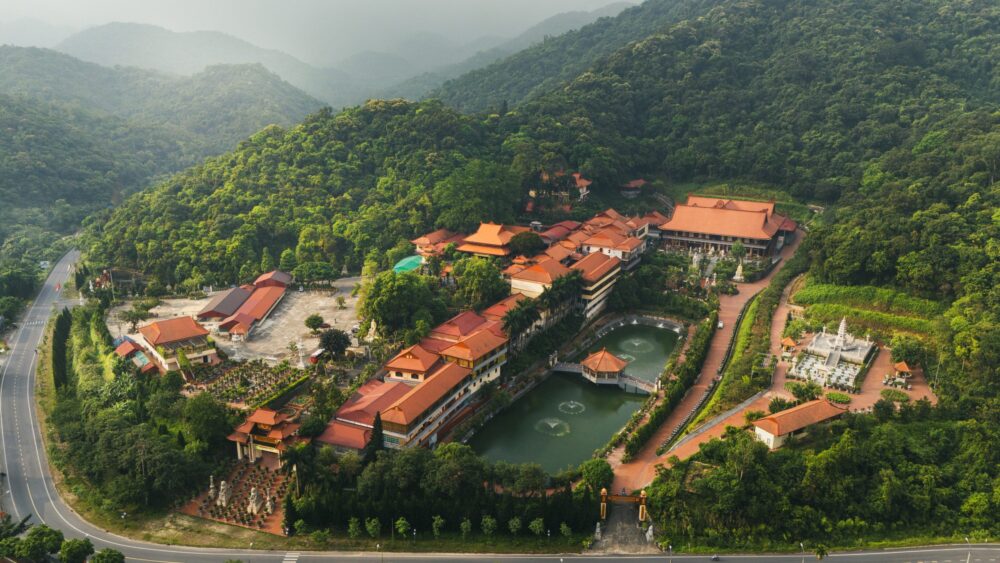
The complex of Truc Lam Zen is notable for harmonizing Mahayana Buddhism with Confucianism, Taoism (Source: Collected)
A Deep Buddhist Legacy in Vietnam
Many travelers are amazed by how deeply Buddhism is rooted in Vietnam’s north, where ancient pagodas, forested mountains, and sacred scriptures tell stories of devotion and peace. At the heart is Yen Tu Buddhist Center, birthplace of the Truc Lam Zen school, founded in the 13th century by King Tran Nhan Tong, who left his throne to pursue spiritual enlightenment. His unique Vietnamese Zen philosophy balanced meditation with serving society — a legacy still alive today.
A Vast Cultural Landscape Across Three Provinces
The nominated complex spans Quang Ninh, Bac Giang, and Hai Duong provinces, featuring ancient temples, mountain forests, and spring festivals. It includes:
- Yen Tu Historical and Scenic Area (near Uong Bi City, Quang Ninh)
- Tran Dynasty Historical Site (Dong Trieu City, Quang Ninh)
- Western Yen Tu Area (Bac Giang)
- Con Son – Kiep Bac (Hai Duong)
These zones together create a living landscape of sacred mountains, pilgrimage trails, ancient stupas, and peaceful gardens that have inspired pilgrims for centuries.
Spiritual Beauty and Natural Splendor
Beyond spiritual value, the complex offers serene landscapes: misty Yen Tu Mountain with Hoa Yen Pagoda and Ngoa Van Hermitage; Bo Da Pagoda in Bac Giang with its ancient manuscripts; and Con Son – Kiep Bac in Hai Duong, home to lush valleys, tranquil ponds, and the majestic Kiep Bac Temple honoring national hero Tran Hung Dao.
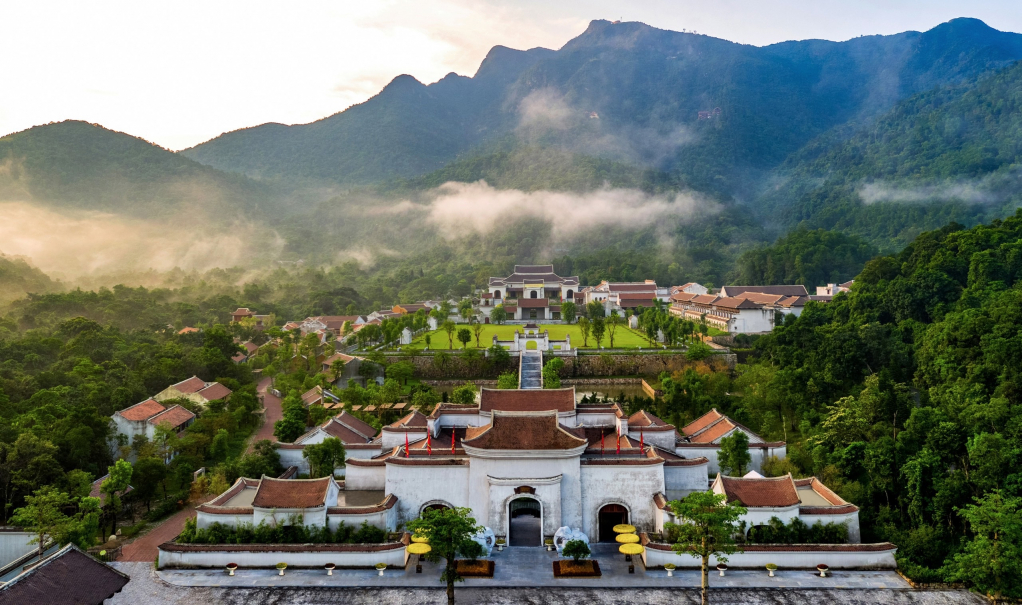
The Con Son – Kiep Bac Historical Site (Source: Collected)
A Journey to Remember
Whether climbing the “path to the Buddha’s realm,” taking a cable car to Dong Pagoda, exploring meditation caves, or joining spring festivals, visitors experience both history and living faith. At Vinh Nghiem Pagoda, UNESCO-recognized woodblock scriptures highlight Vietnam’s Buddhist heritage.
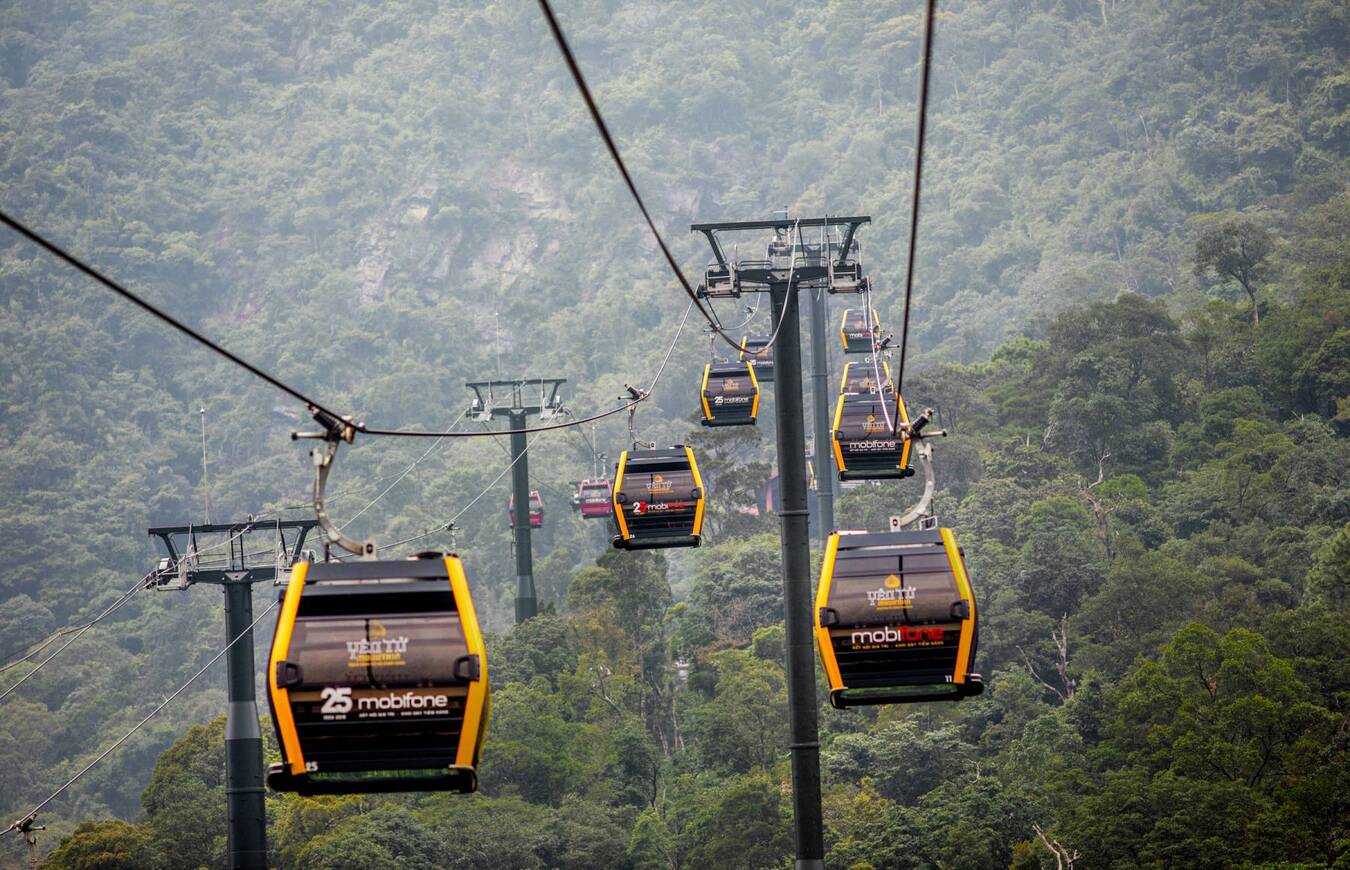
Cable cars through the clouds to reach the Dong Pagoda (Source: Collected)
A Living Vietnamese Identity
The Truc Lam Zen tradition reflects Vietnam’s unique harmony between spirituality and daily life. Now recognized by UNESCO as a World Cultural Heritage, this sacred complex — especially the Yen Tu Buddhist Center — stands as a proud symbol of Vietnamese identity, inviting all to explore, reflect, and discover the soul of the nation.
How to Visit Yen Tu
Combine this spiritual journey with nearby Halong Bay (See more our Halong Bay tour) for an unforgettable three-day (or longer) experience that blends natural wonders with Buddhist heritage.
From Hanoi, begin your trip by heading to Yen Tu, where you can spend two to three days exploring the region’s sacred treasures, joining meditation sessions, and immersing yourself in the serene atmosphere. In the evening, relax and unwind at the charming Yen Tu Legacy resort.
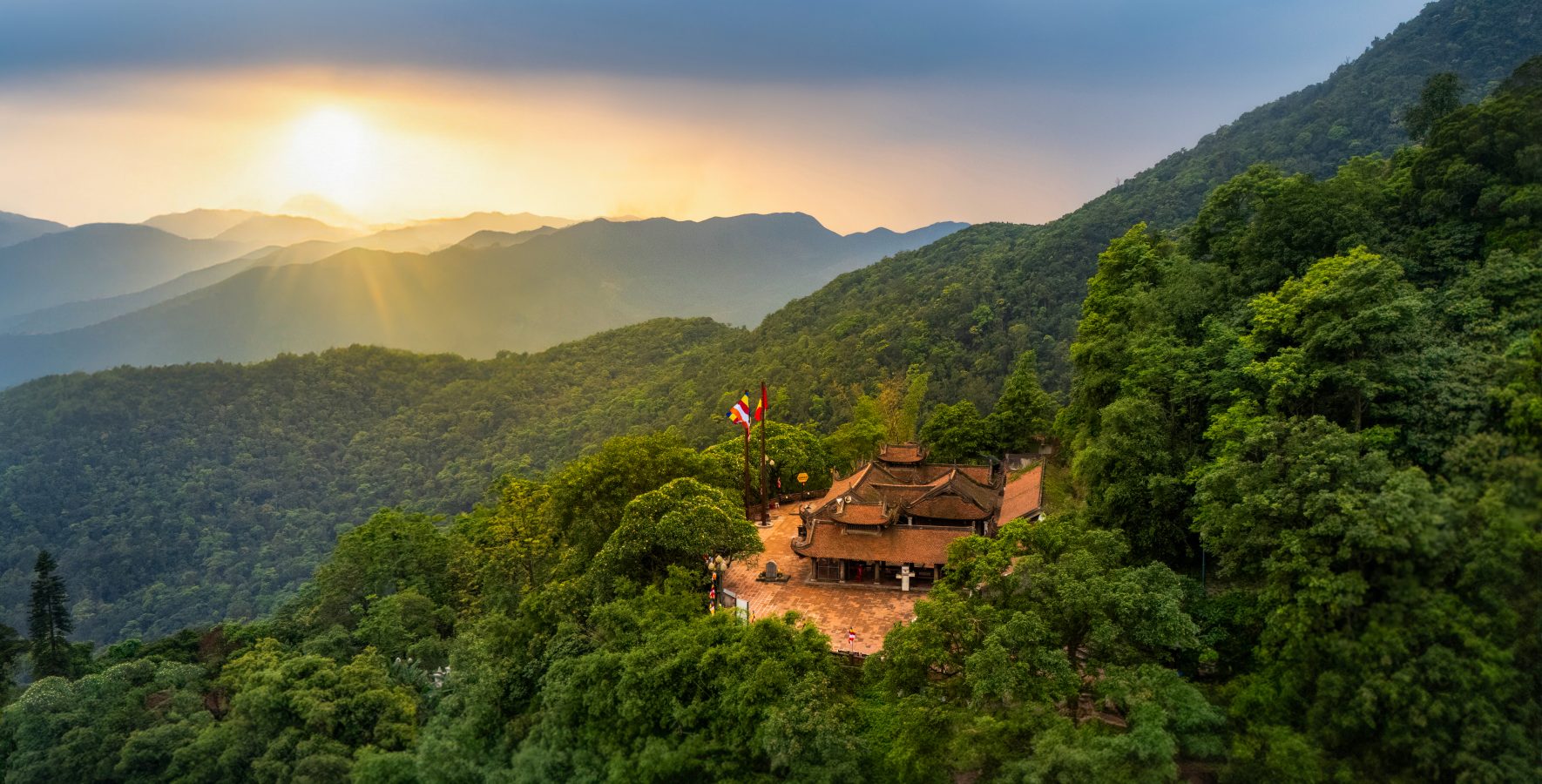
The Yen Tu Mountain height is about 1,068 meters (Source: Collected)
The next day, our car will take us to continue to Halong City, where a cruise will take you through the stunning seascapes of Halong Bay, Lan Ha Bay, or Bai Tu Long Bay. These itineraries will create a perfect harmony of pilgrimage and retreat, making your stay in Northern Vietnam truly enriching for both body, and spirit.
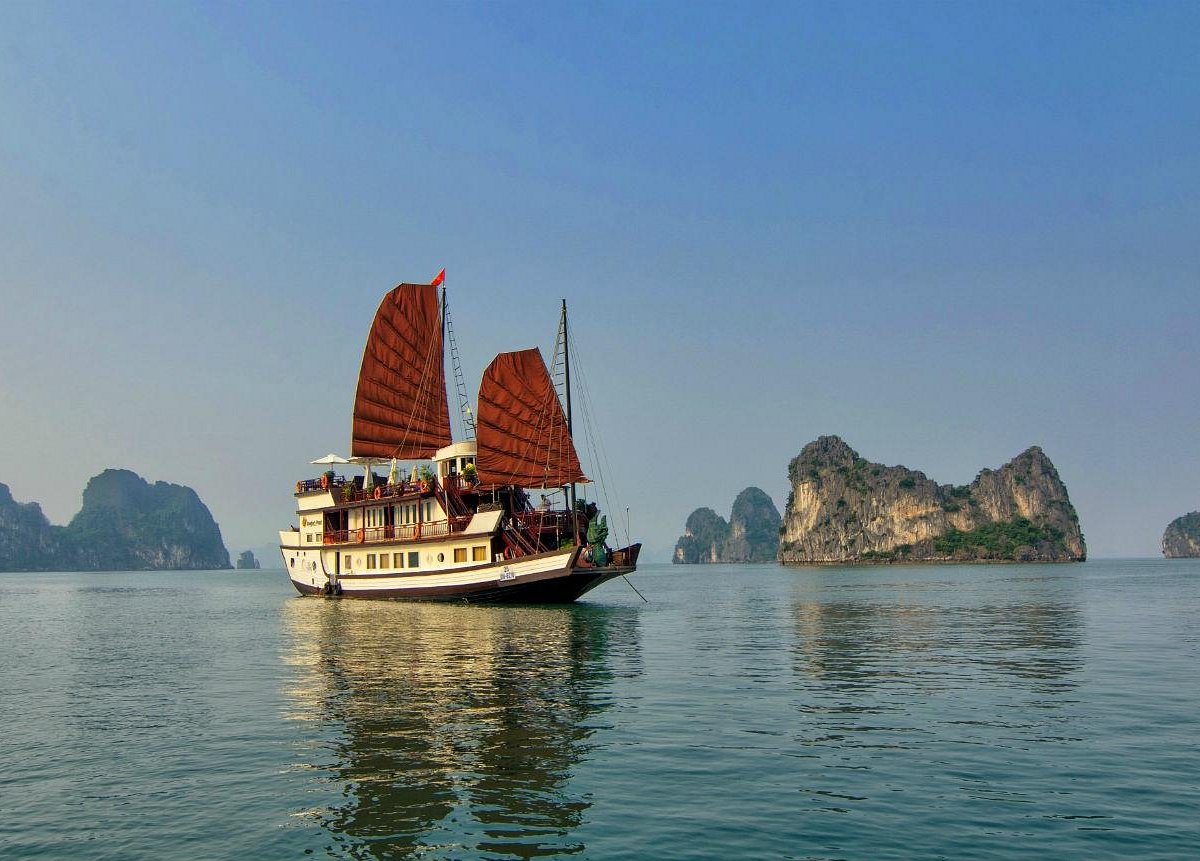
Best way to explore Bai Tu Long Bay (or Halong Bay or Lanha Bay) is by Cruises.
Plan Your Journey with Purpose
Make your next journey more than just a getaway. In Vietnam, discover the sacred UNESCO World Heritage Buddhist sites that embody centuries of devotion, wisdom, and cultural pride.
Contact us to create your ideal itinerary. Let us help you craft a personalized itinerary with local guides, including eco-friendly homestays, organic farming experiences, and cultural exchanges.
Vietnam Responsible Tourism is a travel agency that associates with different Community-based Tourism groups with the aim to improve living conditions in remote mountain regions of Vietnam since 2017.



